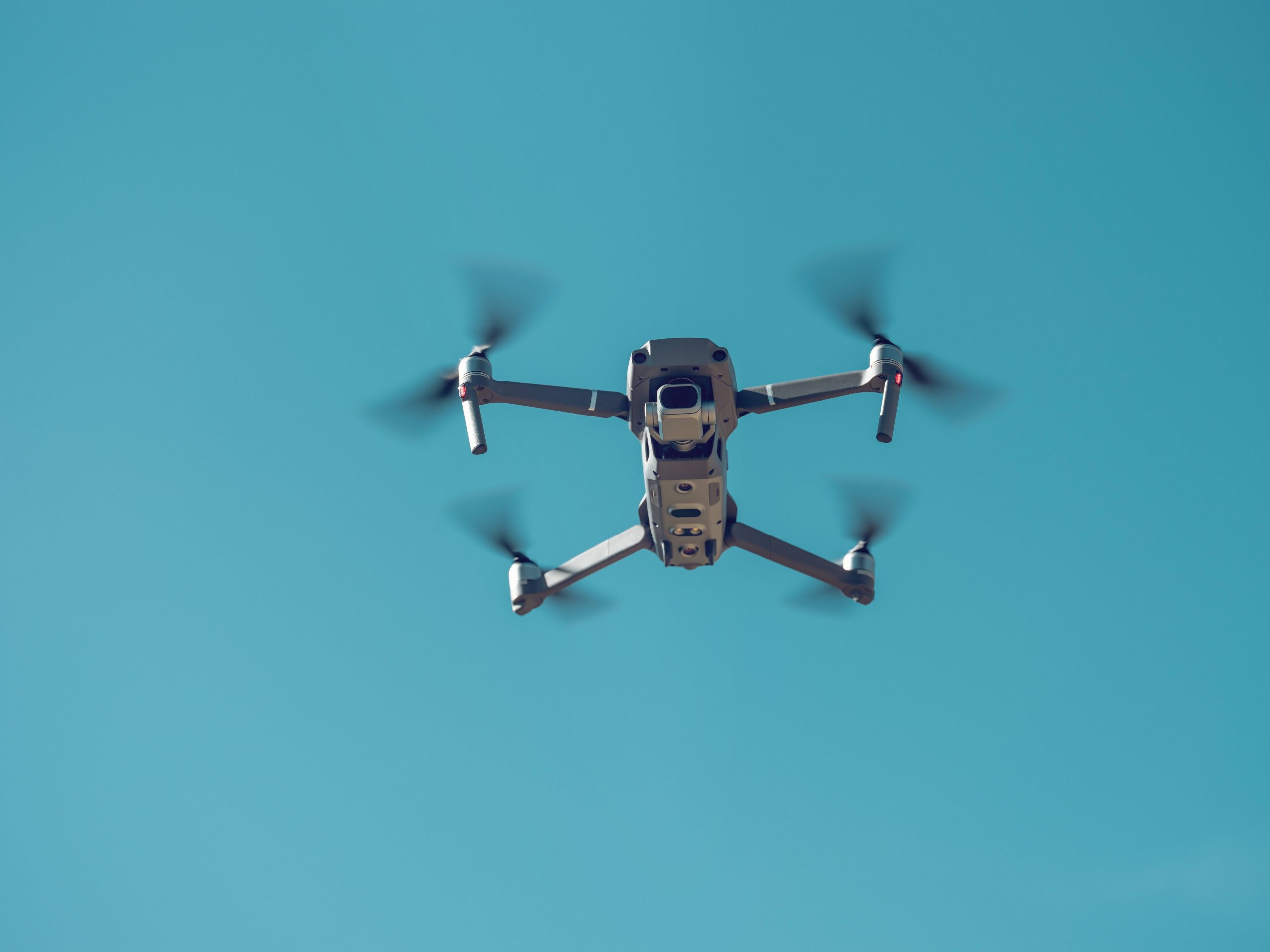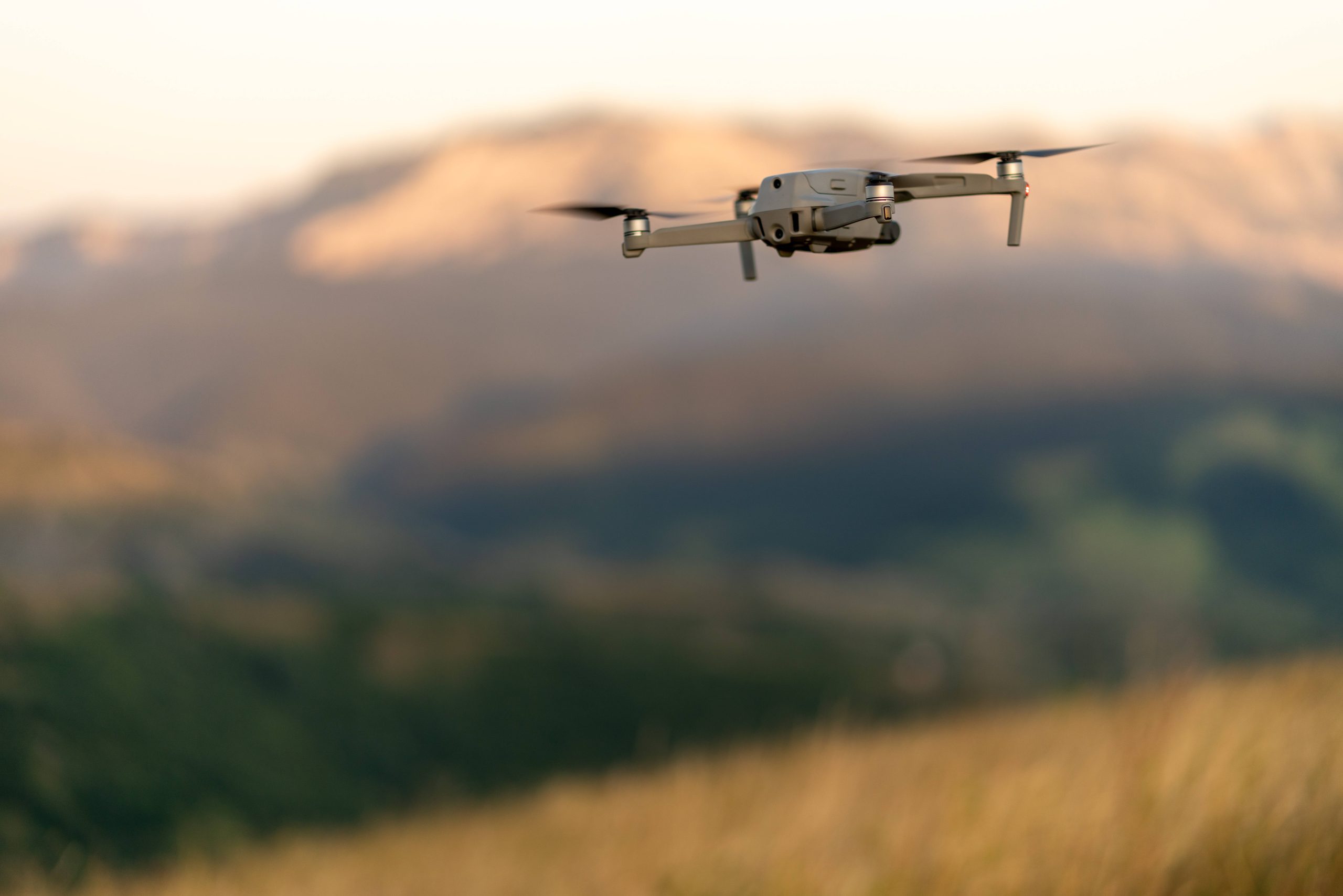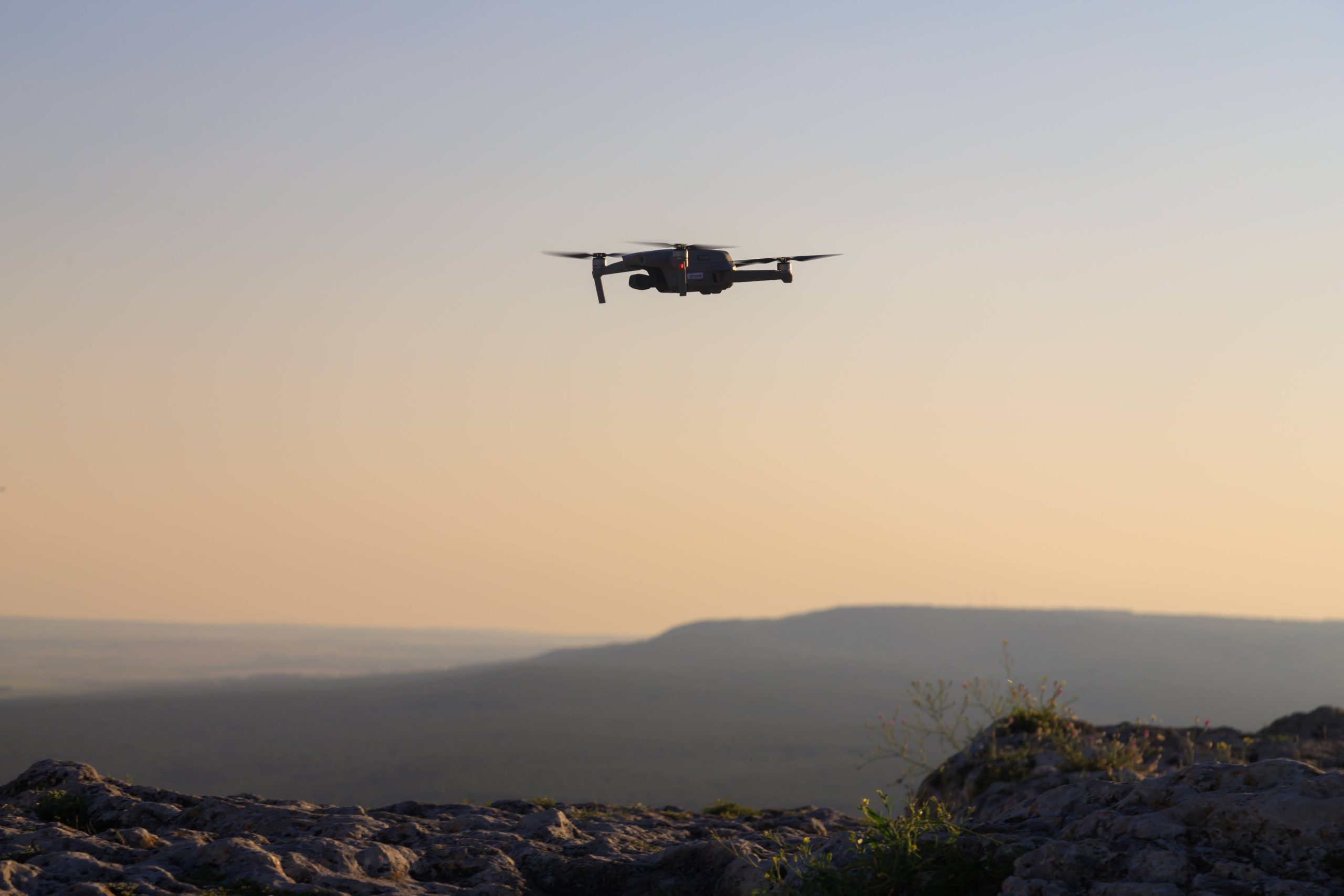
When it comes to emergency situations, every second counts. The ability to quickly and efficiently respond to a crisis can make the difference between life and death. That’s where autonomous drones for emergency response come in. These innovative devices are changing the way first responders approach emergency situations, and the impact they are having is truly game-changing.
Autonomous drones are unmanned aerial vehicles that can fly and operate independently without the need for human input. They are equipped with advanced sensors and cameras, which allow them to navigate and interact with their surroundings in real-time. This technology has been used in a variety of settings, from military operations to agriculture and delivery services. However, its potential in emergency response is truly transformative.
Autonomous drones for emergency response are able to provide first responders with critical information and assistance in real-time. They can quickly and safely survey a disaster area, search for survivors, and provide vital supplies to those in need. The benefits of this technology are immense, and it is already being used by emergency services around the world to great effect.
In this article, we’ll take a closer look at how autonomous drones for emergency response are changing the game, including their benefits, challenges, and future potential.
Benefits of Autonomous Drones for Emergency Response
Autonomous drones are a game-changer when it comes to emergency response for several reasons:
- Quick and Efficient Response: In an emergency situation, every second counts. Autonomous drones can be deployed quickly and efficiently, providing first responders with critical information in real-time. This can help them make more informed decisions and take appropriate action faster.
- Safe and Cost-Effective: Traditional emergency response methods often require putting first responders in harm’s way. Autonomous drones can perform tasks that are dangerous for humans, such as searching for survivors in collapsed buildings or identifying potential hazards. This not only makes the response safer for first responders, but it can also be more cost-effective in the long run.
- Remote Access: Autonomous drones can reach areas that are difficult or impossible for humans to access, such as disaster zones with unstable structures or remote wilderness areas. This means they can provide assistance and support in places where traditional methods may not be feasible.
- Real-Time Information: Autonomous drones can provide real-time information to first responders, allowing them to make informed decisions quickly. They can provide live video feeds, thermal imaging, and other data that can help identify survivors, assess damage, and determine the best course of action.
- Versatility: Autonomous drones can be equipped with a wide range of tools and technologies, depending on the needs of the situation. They can be used for search and rescue, delivering supplies, providing medical assistance, and more.
Challenges of Autonomous Drones for Emergency Response
While the benefits of autonomous drones for emergency response are clear, there are also some challenges that need to be addressed:
- Regulations: The use of drones is subject to regulations and restrictions that vary by country and region. In some cases, emergency services may not be allowed to use drones without a permit or license.
- Connectivity: Autonomous drones rely on wireless connectivity to communicate with their operators and transmit data. In areas with poor or no connectivity, this can be a challenge.
- Battery Life: The battery life of autonomous drones is limited, which means they can only operate for a certain amount of time before needing to be recharged. This can be a problem in emergency situations where time is of the essence.
- Weather Conditions: Autonomous drones can be affected by adverse weather conditions, such as high winds, rain, or snow. This can impact their ability to operate effectively and can even pose a safety risk. It is important to consider weather conditions when deploying drones and to have contingency plans in place in case of adverse weather.
Future Potential of Autonomous Drones for Emergency Response
The potential of autonomous drones for emergency response is vast, and there are many exciting developments on the horizon. Some of the potential uses and innovations include:
- Improved Sensors and Analytics: Advances in sensor technology and data analytics will allow drones to gather and process even more detailed information in real-time. This will enable emergency services to make even more informed decisions and take more effective action.
- Artificial Intelligence: As drones become more intelligent and autonomous, they will be able to perform more complex tasks and adapt to changing situations. This could include using machine learning algorithms to analyze data and make decisions in real-time.
- Collaborative Swarms: Groups of drones working together, known as “swarms,” could be used to search large areas more quickly and efficiently. Swarms could also be used to carry out complex tasks, such as constructing temporary structures or providing medical assistance.
- Improved Battery Life: Advances in battery technology will enable drones to operate for longer periods of time, increasing their effectiveness in emergency situations.
- Integration with Other Technologies: Drones could be integrated with other emerging technologies, such as augmented reality or 5G networks, to provide even more advanced capabilities.
FAQs about Autonomous Drones for Emergency Response
Q: Are autonomous drones for emergency response safe?
A: Yes, autonomous drones are generally safe when operated correctly. They are designed to operate in a variety of environments and can perform tasks that are dangerous for humans.
Q: How long can an autonomous drone operate before needing to be recharged?
A: The battery life of an autonomous drone can vary depending on the model and the conditions in which it is operating. Generally, drones can operate for between 20 and 30 minutes before needing to be recharged.
Q: How much do autonomous drones for emergency response cost?
A: The cost of an autonomous drone for emergency response can vary widely depending on the model and the features included. Prices can range from a few hundred to several thousand dollars.
Conclusion
Autonomous drones for emergency response are a game-changer when it comes to emergency situations. They provide first responders with critical information and assistance in real-time, and can operate in environments that are too dangerous or difficult for humans.





